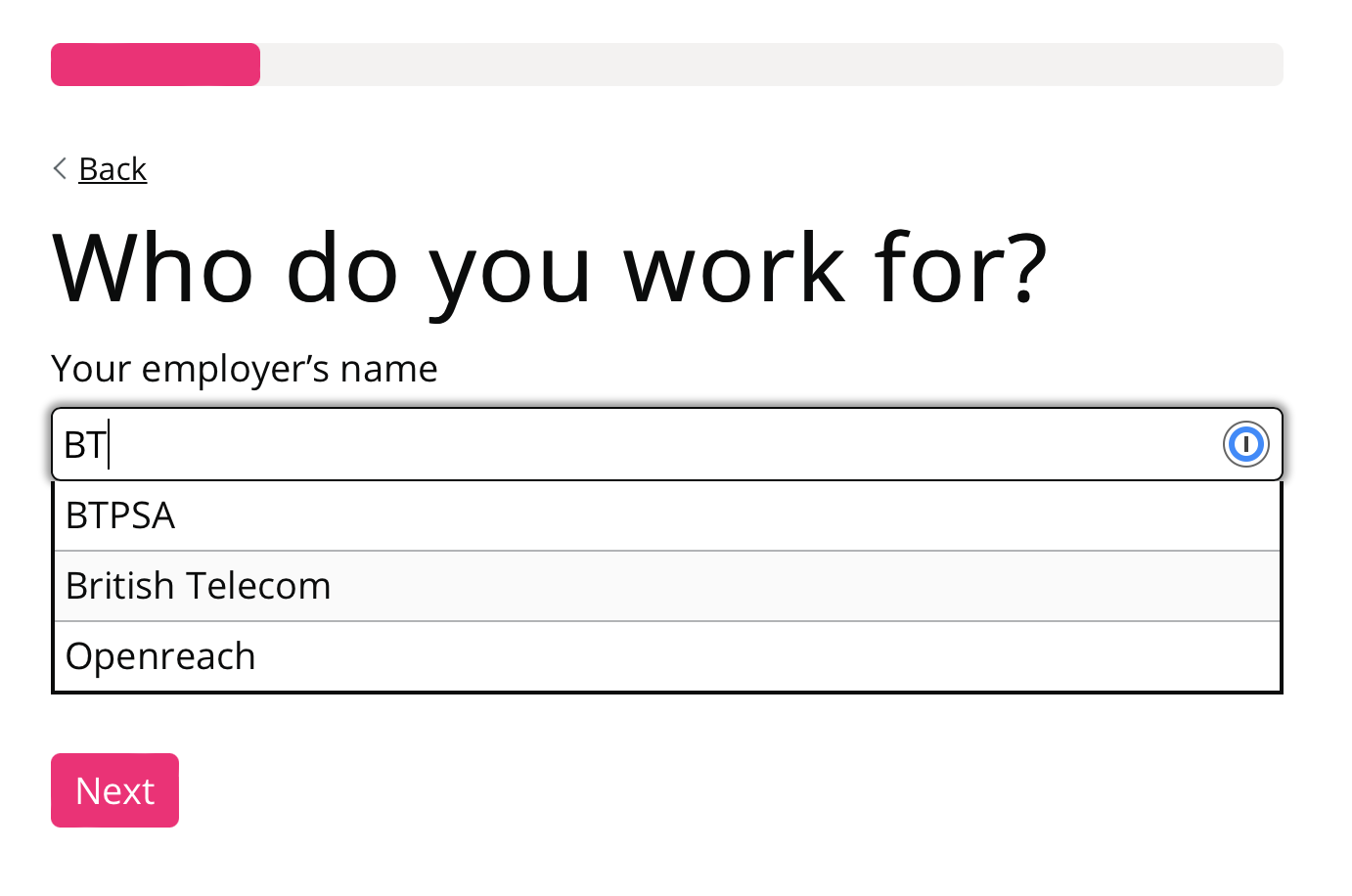Dealing with bad employers
Posted
If you’re reading this, you’ll already know well that one of the main challenges for a union is dealing with bad employers.
But when we talk about ‘bad employers’ at Join Together we often mean something else.
You see, when you ask someone who they work for, they’ll tell you. But if you ask one of their colleagues, they’ll tell you something else. And if you ask one of their colleagues, they’ll tell you the same thing as the first person told you, but they’ll spell it differently.
Pretty soon, you’ve got 20 people, all of whom work at the same place, and 15 different employer names.
Next you ask them what their job is, and the problem multiplies further.
Bad data proliferates
If you replicate this with a paper membership form, or with a digital form where people can type whatever they like, you’ll end up with bad employers and bad jobs - loads of them. People processing membership applications can use their experience to try and fix this, but generally, bad employers means bad data pouring into your membership systems, making it harder to find out what people do, where they do it and, as a result, to campaign, ballot or organise when the time comes.
Multiply that by a few years, and your data will be in a real mess. Perhaps it already is. You need a solution.
You could provide a list of employers for people to choose from. Surely, if they can only choose from the options you give them, they can’t get it “wrong”? Wrong. What happens if they don’t recognise the employer the way you’ve described it? What if they work in a building (e.g. an NHS hospital), but as a contractor? Will they know? And what happens if they’re the first member to join in an employer that’s new to the union? Which option do they choose? Will they want to join a union that explicitly names a bunch of employers, but not their one? Will they doubt the choice they’ve made?
To fix this, you need an “other employer” field and a space where they can type. That sounds fine for a brand new employer, but sometimes people will choose other, then type in an employer that’s already on your list. The result? Another bad employer.
Granted, by doing it this way, you’re likely to be in less of a mess, but you’re still probably turning away people who might otherwise have joined.
Match broadly, match quickly, and match accessibly
So how do we do it?
First, we do provide people with a list, but only when they start typing. After they type a couple of characters, we start matching against possibilities - just like the address lookup fields you use in Google Maps. And we make sure the possibilities match in a really broad way - if you type in British Telecom or BT or B.T. you’ll get the same results.

Second, if we don’t see an obvious match, we still allow the member to type in what they think is the right answer. The risk of messiness is never zero, but that first step has reduced it a lot.
Third, we never provide suggested employers where there have been only a few previous applications in that workplace. We don’t want employers typing in their own company name and finding out whether there are existing union members in the workplace, particularly if there are only a few of them. We need to protect their privacy.
Fourth, we make the user experience fully accessible, meaning you can fill in the form field without touching your mouse — or if you use a screen reader, or if you’re using it on a tiny mobile screen.
These components help us solve this problem in a way that seeks to keep data clean and tidy, while being as member-friendly as possible.
It’s really the essence of what Join Together is about - making tools for unions that have thoughtful, specific solutions to union-specific problems.
